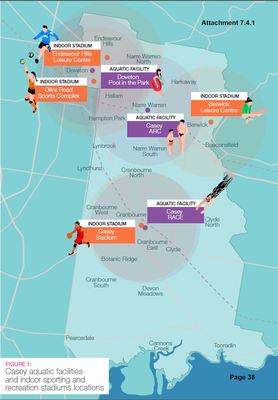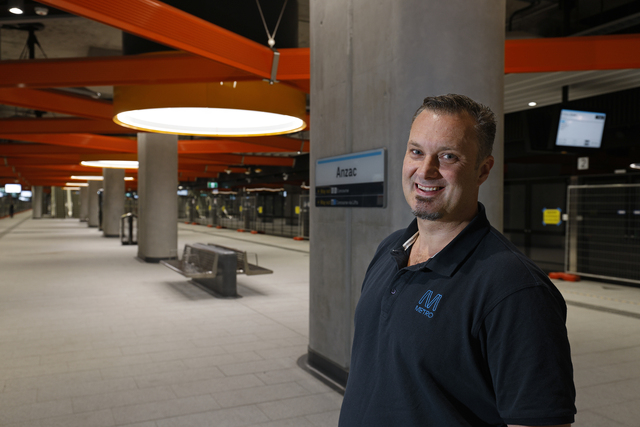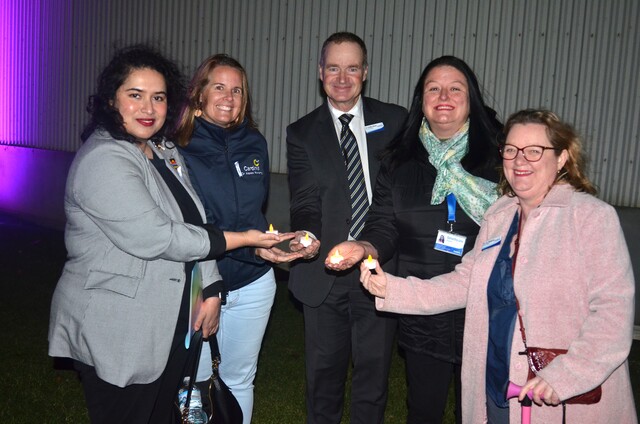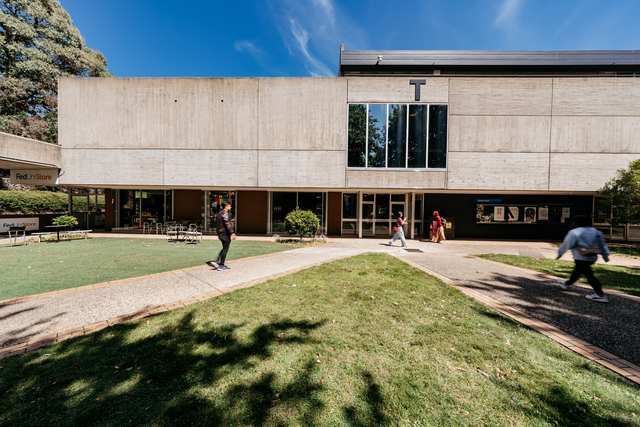A new aquatic facility for the Clyde region, updates to Casey RACE and Casey ARC, and a new masterplan for the Doveton pool are all canvassed in Casey City Council’s draft pools strategy for the next 20 years.
Casey expects $130 million will be needed over that period to deliver all projects planned.
The draft Casey Aquatic Facilities Strategy is now on public exhibition, until early July.
A key component of the draft strategy is the development of a masterplan for the Doveton Pool in the Park, with investigation into how best to deliver aquatic education, outdoor water play and multi-use spaces.
The outdoor pool, built in 1968, is run seasonally in partnership with Doveton College, and has been the subject of discussions in council over the past few years over its future.
The draft strategy provides a figure of $24 million for necessary works to meet expected community needs.
Consultations with the community and key stakeholders is already underway, with funding for a masterplan included in this year’s draft capital works program.
The big-ticket item in the draft strategy is planning for a new facility around Clyde, to meet the needs of that area’s expected 90,000 residents.
The figure suggested here is $73 million for any new aquatic centre.
A business case and funding strategy would need to be undertaken to nail down the facilities and cost – and identify funding sources – for what is seen as a major future project.
Meanwhile, $15.5 million for Casey RACE and $17 million for Casey ARC have been suggested in the draft strategy to deliver additional services and facilities in the city’s most popular existing centres.
Consultation involving 1200 survey responses helped inform the draft strategy, with the facilities seen as highly valued and necessary.
But there is a concern the current facilities will not be able to cater for the city’s rapid growth.
As Casey’s population continues to mushroom – growing from its current 356,000 to over 545,000 by 2041 – the upgrades and new facilities are seen as vital to meeting the future health and fitness, aquatic education, and social needs of the various communities.
The current facilities have racked up some impressive figures. In the year 2017-2018, they recorded almost 2 million attendences, hosted 8229 health and fitness members, 6154 ‘learn to swim’ participants, had 2487 aquatic members and 417,302 recreational swimmers.
Public submissions on the draft strategy will be reported to a future council meeting.







